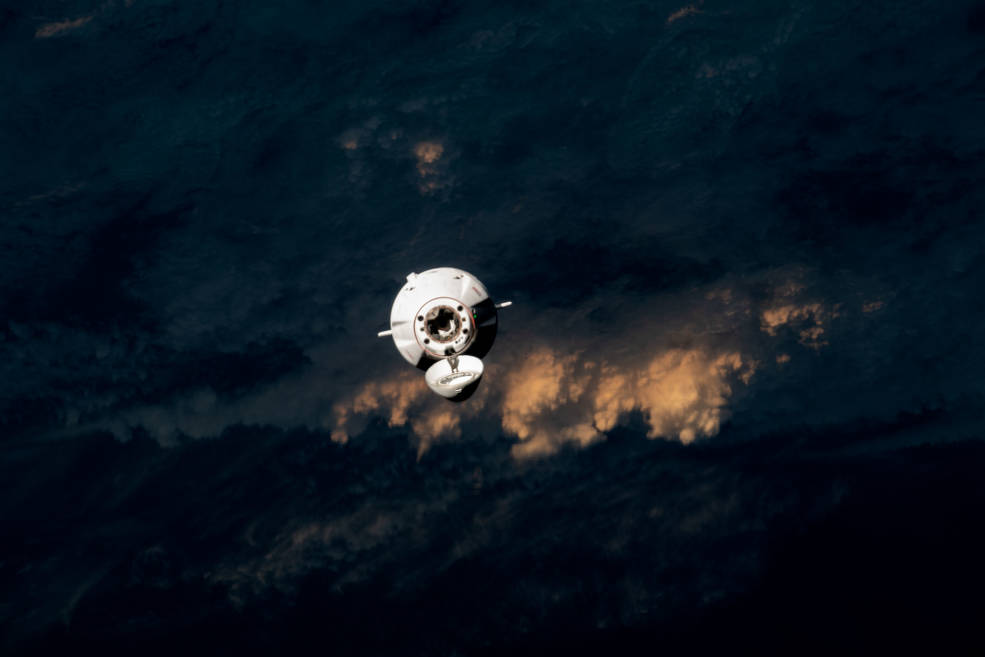
Editor’s note: This advisory was updated Wednesday, June 28, to adjust the expected splashdown time to about 10:20 a.m. EDT.
NASA is set to receive scientific research samples and hardware as a SpaceX Dragon cargo resupply spacecraft departs the International Space Station on Thursday, June 29.
The agency will provide live coverage of Dragon’s undocking and departure starting at 11:45 a.m. EDT on NASA Television, the NASA app, and online. Watch here:
Ground controllers at SpaceX in Hawthorne, California, will command Dragon to undock from the space-facing port of the station’s Harmony module and fire its thrusters to move a safe distance away from the station. Undock is scheduled for 12:05 p.m.
After re-entering Earth’s atmosphere, the spacecraft will make a parachute-assisted splashdown about 10:20 a.m. Friday, June 30, off the coast of Florida. NASA will not broadcast the splashdown, but updates will be posted on the agency’s space station blog.
Dragon will carry back to Earth over 3,600 pounds of supplies and scientific experiments designed to take advantage of the space station’s microgravity environment. Splashing down off the coast of Florida enables quick transportation of the experiments to NASA’s Space Station Processing Facility at Kennedy Space Center in Florida, allowing researchers to collect data with minimal sample exposure to Earth’s gravity.
Scientific hardware and samples returning on the mission include the GRIP – Dexterous Manipulation in Microgravity chair used in the ESA (European Space Agency)-sponsored neurology experiments GRIP and GRASP (Gravitational References for Sensimotor Performance: Reaching and Grasping). GRIP studies how microgravity affects the manipulation of objects, while GRASP provides further insight into how the central nervous system adapts to the microgravity environment. The experiments have been on the space station almost six years, and the final in-orbit tests were completed in early 2023.
Samples from BioNutrients-2, Monoclonal Antibodies, and Myotones investigations also are returning to Earth for scientific analysis.
Dragon arrived at the station June 6 as SpaceX’s 28th Commercial Resupply Services mission for NASA, delivering more than 7,000 pounds of research investigations, crew supplies, and station hardware, including two IROSAs, or International Space Station Roll-Out Solar Arrays. The spacecraft was launched June 5 on a SpaceX Falcon 9 rocket from Launch Complex 39A at NASA Kennedy.
-end-
Lora Bleacher
Headquarters, Washington
202-358-1100
lora.v.bleacher@nasa.gov
Sandra Jones
Johnson Space Center, Houston
281-483-5111
sandra.p.jones@nasa.gov






























